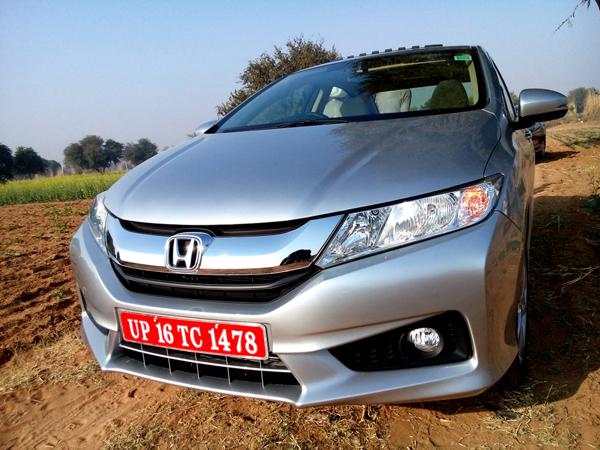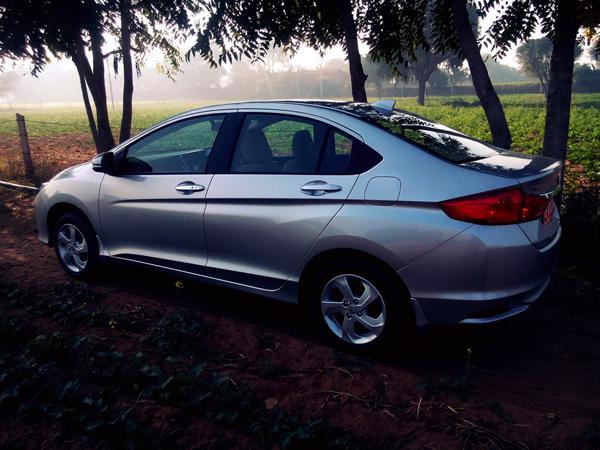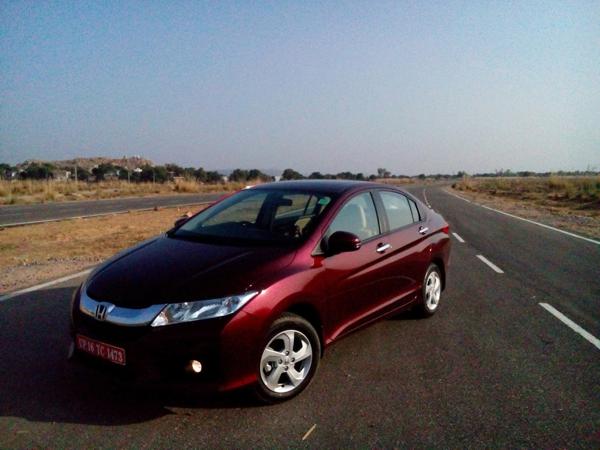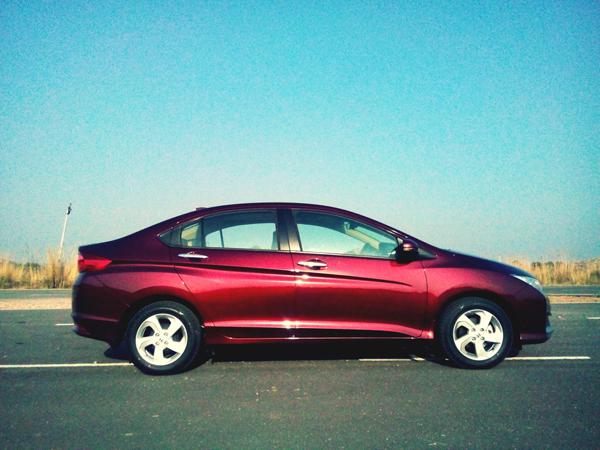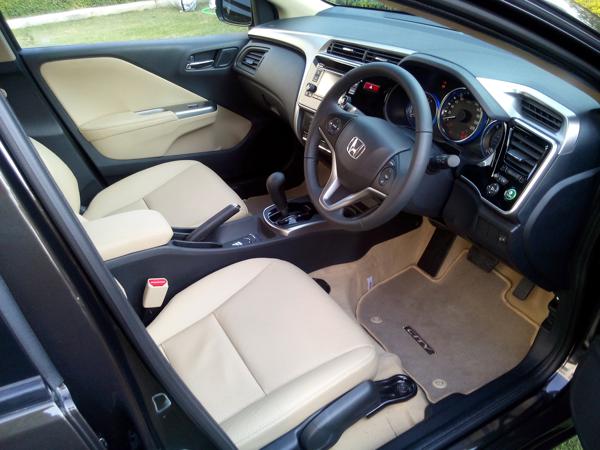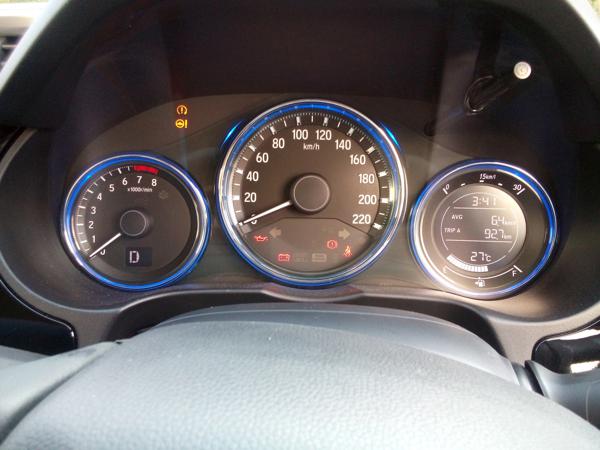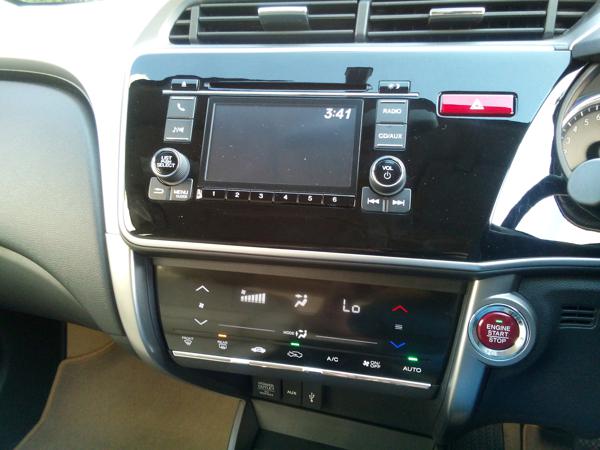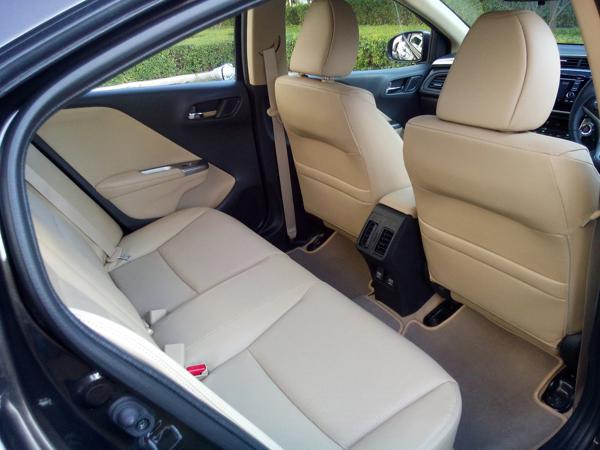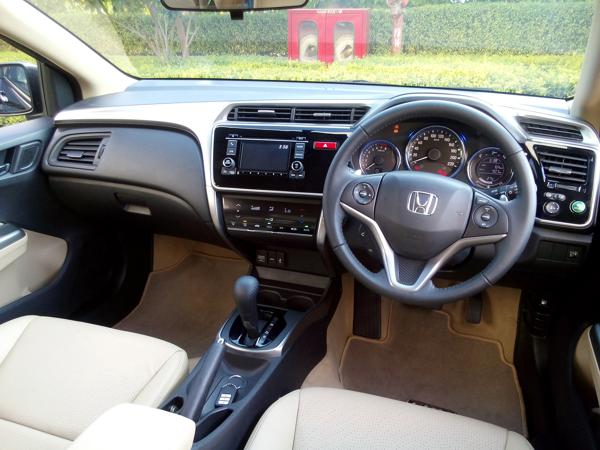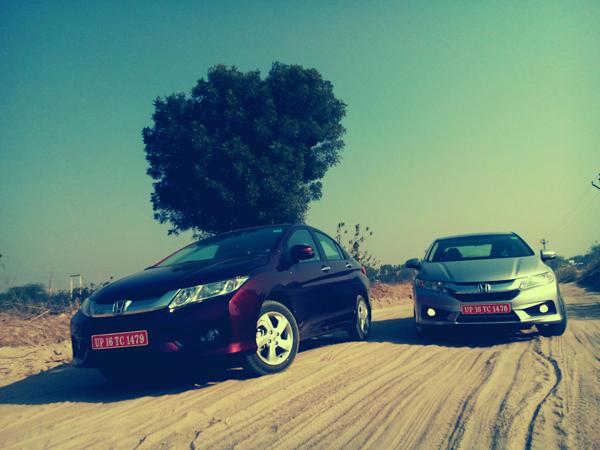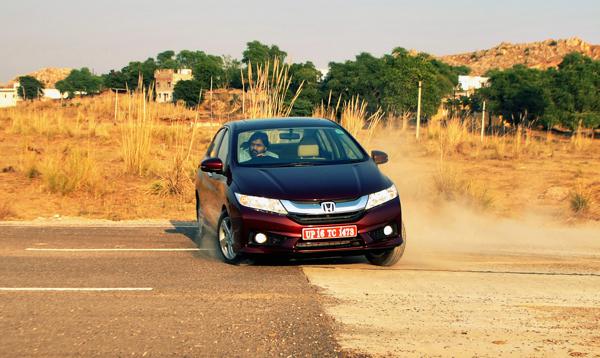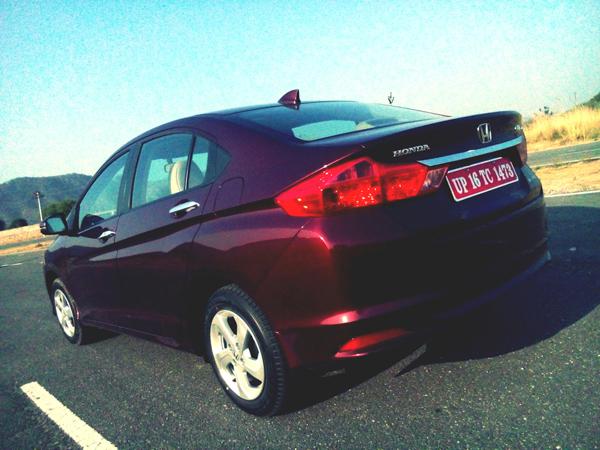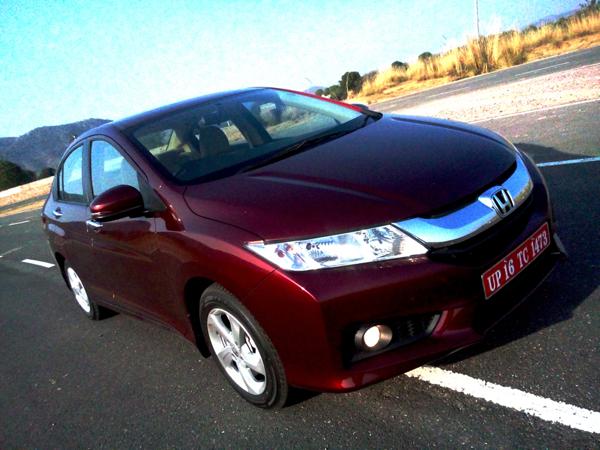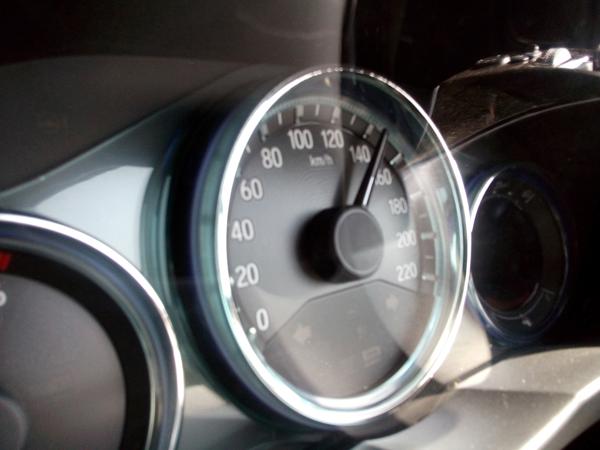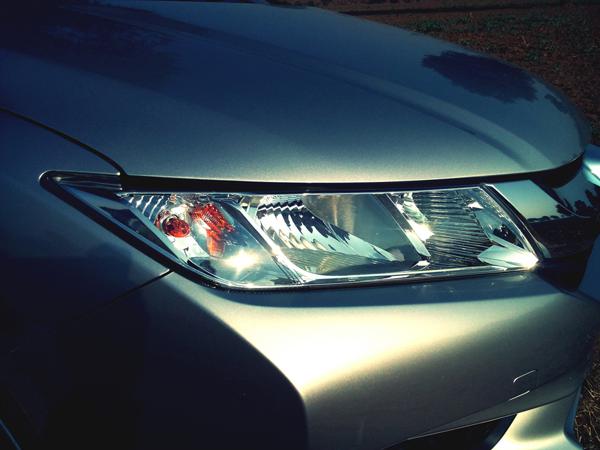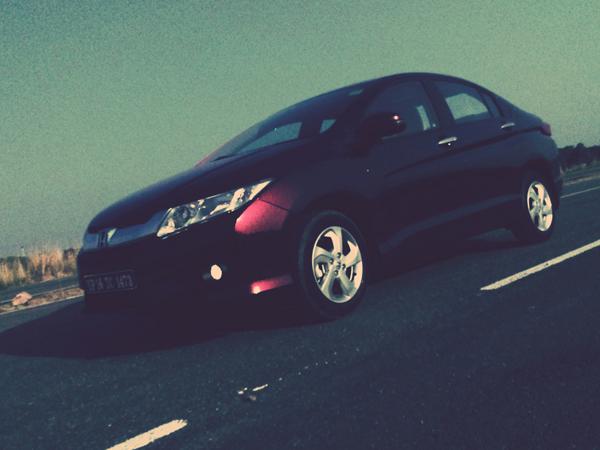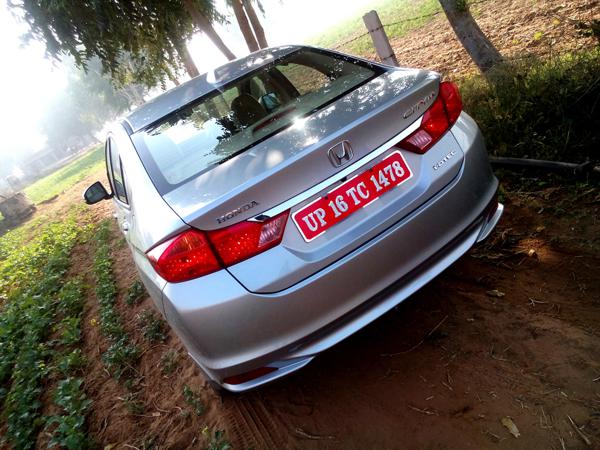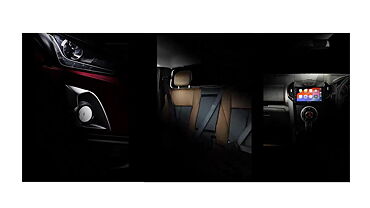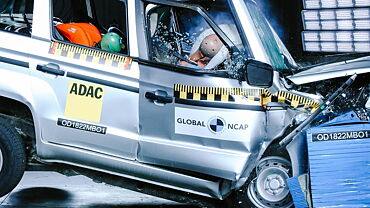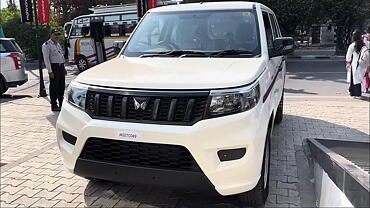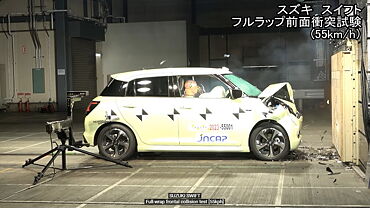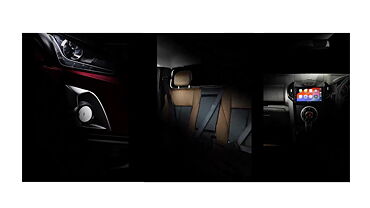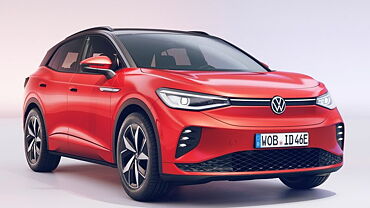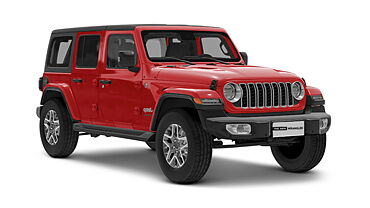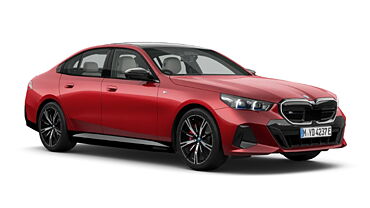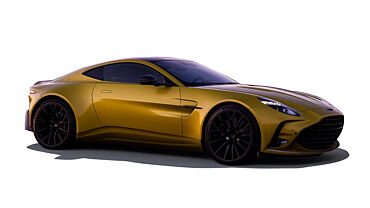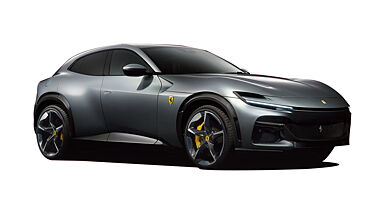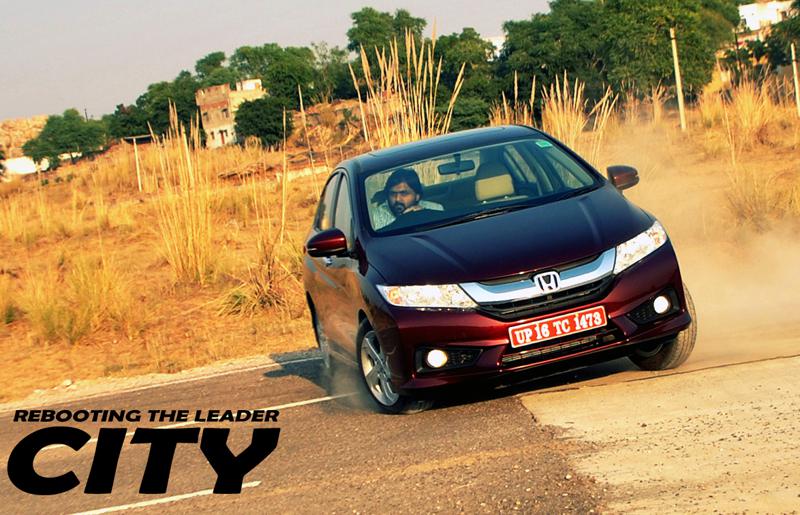
Opening
2014 Honda City: Rebooting the Leader
Launched in 1996 with a VTEC engine, little did Honda expect that the City would set the benchmark it has in its segment for so many years. Honda has sold over 2.2 million units in 55 countries. In addition to these fantastic sales figures, the City has also won more than 100 awards globally.
The car was an instant hit upon launch in India. The concept of a premium sedan with plush interiors appealed to Indian car buyers. The VTEC engine garnered the reputation of an excellent performer. The City struck a perfect balance between comfort, performance and styling. The models popularity became synonymous with the Honda brand.
Honda had to re-look its strategy keeping in mind the popularity of diesel cars in India. Most manufacturers have now begun offering diesel alternatives for their popular models. The lack of a City diesel variant contributed to its drop in popularity. Cars like Verna, Rapid and Sunny started gaining momentum and began to challenge City's domination in the C+ segment.
Honda launched the 1.5L i-DTEC engine in the Amaze and its sales figures are a testimony to its success. On 25th November 2013, Honda unveiled the 4th Generation City with a new design, increased dimensions and also revamped interiors. In addition to all these changes, the new City finally got the much awaited Diesel engine. Honda claims that the new Honda City engine will be one of its most fuel efficient ones, at 26Kmpl.
We travel to Jaipur to check this new offering from Honda.
Appearance Exterior
Honda City has always been a car with great looks. It was very nostalgic to see the first generation model at the global unveiling in Delhi as it was one of the cars I really wished to own. The simple yet strong character look of the City has always been impressive.
Honda with the all new City has launched the “Exciting H Design” concept. The City is the first car to get this followed by other models which would be launched in future. This H-Design to Honda is what Fluidic Design is to Hyundai.
India has seen three generations of Honda City and all look very distinct from each other. The first generation was all about straight lines and simple design, the second generation was more about interiors rather than exteriors and thus was not a very popular car considering its looks. The third generation was again a revolutionary model as it looked very different from earlier generations and packed in some cues from premium car makers.
The fourth generation takes the Honda design philosophy further ahead by introducing new themes on the conventional design. It will surely impress many if not all with its H-Design structure. There is more muscle to the otherwise lean looking car.
At first look, the new City will remind you of the outgoing / 3rd Generation model but it is just the overall feel which is similar as everything under the skin has been changed to brand new. The front face of the car sports the same arrow head jetting out design. It gets a very muscular chrome band hiding the radiator grille. The headlights follow the lines of the chrome band and slender in corners.
If looked carefully the minor detailing done on the front bumper is evident. The muscular contours of the bumper just over the newly positioned fog lamps look neat. Even the air vents on the bumper have been redesigned. The lower section of the front bumper too has been chiselled and now features an edgy design.
The overall length of the car has been retained at 4440mm but then the wheels have been pushed more towards the corner making the wheelbase 2600mm which is an addition of 50mm over the present generation model. The overall height of the City has also been increased by 10mm. The width of the new car has been left unchanged. The change in dimensions was done to increase the comfort levels of the always spacious interiors.
It also gets newly designed alloy wheels. Unlike the Amaze, the petrol and diesel get the same design in alloy wheels. Also seen on the side profile is the strong edgy line which runs from the front door all the way to rear taillights. The ORVMs can be electrically adjusted from inside. The door handles are done in chrome.
The rear portion too has been completely redesigned and looks very grand. It reminds you of an earlier generation BMW 5 Series. The crease lines running on it make the rear profile look visually wide. The combination lamps look very impressive with the multi cut reflectors in it. The lip of the boot also sits at a considerable height and has a pseudo spoiler finish.
The New City will be available in six different colour shades which also includes Golden Brown Metallic. This colour is an impressive addition to the otherwise conventional whites and silvers. This colour changes shade when exposed to sun and looks very rich. It reminds you of the purple shade on Honda Civic.
Overall, the New City will retain its clients and at the same time introduce new ones too. It maintains the essence of the original car but then with the new design language, the City feels bolder than before.
Appearance Interior
The interiors of the City have always set a benchmark in its segment. The premium upholstery, high quality leather or be it the roomy appeal of the cabin, everything has always been top notch. In the new City, Grand concept was adopted wherein great efforts were taken to enhance the luxury of the cabin and increase the human connect.
Firstly, it gets a completely redesigned front console which is very modern. It looks similar to the one introduced in the new Honda CR-V. The new console which is a final product of “Layered Floating Concept” looks very impressive. It gets a piano key finish surround. Honda has tried to make the City feel more premium by elongating the T-Zone to console.
The front zone also brings the first in segment innovation like the touchscreen Auto Air Conditioner Panel. This indeed has to be the most impressive bit as even the smaller functions can be adjusted on this touchscreen panel. It helps give the console a very clean look as all the typical buttons and knobs have been ditched for good.
The instrumental cluster has got more Tech-savvy than before as it has numbers and information floating everywhere aiding the driver to get the best out of the car. It gets a Multi information combination meter which displays Instantaneous and Average F/E, temperature, cruising range, clock and gear indicator. In addition to this there is a fuel consumption meter to alert the driver on fuel-efficient driving. Even the ambient meter changes colour to indicate the same. It goes green when the vehicle is driven in a fuel conscious way and blue when driven otherwise.
It gets an advanced 5 inch monitor Audio system with a unique LCD display. One can set a custom image as background wallpaper in it. The company has deliberately reduced the number of buttons to make it more user friendly. The Eight speaker music system can be paired via Bluetooth. It also gets USB and AUX-In jack to play music using iPod. The music system can also be controlled via buttons mounted on steering wheel. The screen also doubles up as rear parking camera with three different vision modes such as wide, normal and top down display to guide the driver while reversing the car.
The New City will also take the comfort level even higher. As mentioned earlier, the wheelbase has been increased keeping the overall length same. Thus, the legroom has also gone up benefitting the rear passengers supremely. The knee room has been increased by 70mm and the rear legroom has gone up 60mm. Even the headroom has been increased as the overall height has been improved.
The change in dimensions also translates to greater comfort. The front row is very spacious. The seats have adequate cushioning and feel great. Even the lumbar and back support is fantastic. The driver seats of our variant could be adjusted. It is natural that the base variant won’t be getting the same. The rear passenger comfort has to be the best aspect. I was extremely comfortable on the rear seat. There is appropriate under thigh support. There are separate AC vents for the rear passengers and also affixed below it are 2 power outputs. It will be very comfortable on long journeys without tiring the occupants.
It gets useful storage options throughout the cabin. There are two cup holders on the central area. The front and the rear doors have a pocket to hold a litre class container. With the increase in dimensions at various areas, even the boot space has gone up to 510L. The trunk opening of the new car has been modified too to improve loading of luggage inside the boot.
Performance Drive
In this particular segment, the competition levels have gone up very strongly. The Hyundai Verna has been ruling the segment. In addition to the galore of features Hyundai offers in it, it also has 1.4L and 1.6L engine options in both petrol and diesel. Both the engines are offered in manual as well as in automatic trims. The Honda City clearly was a segment leader with the i-VTEC engine.
To get back in the game and establish its lead, the new City had basic targets to achieve which include revamping the i-VTEC engine and improving the drivability of the same. People vouch for the performance of this engine so naturally they had higher hopes on the new car. Secondly, a diesel engine for the cost conscious. This engine would generate volumes for the company and obviously it also had to do justice to the Honda badge being an efficient and reliable engine.
Team Honda worked on the above targets and the results were impressive. The petrol engine is the same 1.5L i-VTEC engine producing a maximum power of 119 PS at 6600 rpm and a maximum torque of 145 Nm at 4600 rpm. The petrol engine is offered in both manual as well as in automatic-CVT transmission.
Honda engineers have worked and re-programmed the i-VTEC thereby achieving better performance and increase in fuel efficiency. The petrol engine utilizes the original LoーHiVTEC mechanism of Honda where higher power can be generated at a higher rpm and even if the engine speeds are low, it can still generate a higher torque value.
To improve the fuel consumption of the new car, Honda also made use of Exhaust Gas Recirculation system. Even the coating of pistons has been changed to zigzag pattern to bring down the friction levels. They have also resorted to the application of integrated plastic intake manifold for weight reduction.
Get on the driver’s seat and you feel this looks similar but then it feels different. The new car gets a Start/Stop button, a modern touch we feel. The steering wheel feels confident and more convenient. Push the red button and the sweet i-VTEC motor starts revving. Give it a strong raise and all the cylinders start singing the famous sporty note.
The petrol engine continues to be a treat to drive and the engine red lines at very high rpms. The manual transmission unit is very smooth and interchanging gears is very easy. It starts building power at lower engine speeds and continues all the way to the top end of the band. Even at high speeds, the excitement level is still very high. It produces a maximum of 119 PS at 6600 rpm. The engine is very rev friendly. It reaches triple digit speeds at no time and is also very stable at those speeds.
It also handles extremely well. Honda has also worked on the maneuverability of the new car. It comes with a big diameter column shaft. The steering wheel also feels very precise in handling the car without any delay between the input and the output. The New City is lighter than the outgoing version and the same is reflected in its handling as well.
The other engine option is the diesel i-DTEC engine which has been sourced from Amaze. The specifications of the diesel engine have been left unchanged but then it is also claimed that the true potential of this engine will be experienced in a better way in the new City. Along with adding the diesel engine, Honda has also worked around various aspects associated with this engine. The NVH levels have also been reduced drastically and the engine feels a lot smoother than the one in Amaze.
I was very eager to drive this engine as this was the most anticipated engine by Honda. This engine produces a maximum power of 100 PS at 3600 rpm and maximum torque of 200 Nm at 1750 rpm. Diesel engine is only offered in a manual avatar and not in an automatic like the Verna, a +1 for Hyundai?
Before I cranked up the engine, I expected this engine to be as audible as the one in Amaze since the specifications are same. To my surprise, it was not similar at all. In fact the i-DTEC felt very different from that of the Amaze. The engine does not rattle at all. The diesel engine has been very well insulated to bring down the NVH levels. The different areas which have been worked upon include the engine bay which has been insulated to bring the vibration level. Even the roof lining has been beefed up sufficiently to absorb any redundant noise.
The engine starts developing power a little before 2000 rpm. This motor feels very torquey even at lower engine speeds thus reducing the hassle of change in gears. There is no speed limiter like the Amaze and the company claims that the Honda City diesel can reach a maximum speed of 190 Kmph.
The diesel engine is not an enthusiast’s choice when it comes to preference but then it feels very strong and rigid. The mid range torque delivery is fantastic but then it gets flat at the top end of the band. This engine will perform amazingly in stop go traffic and with a strong power delivery there would be no need to change gears that often.
The cooling system has been improved and also the friction among all mechanical components has been brought down. The engine block is made of an all aluminum open deck high pressure die casting process. It also makes use of a high strength and lightweight crankshaft. All these measures were taken to push the fuel efficiency further and make it the most fuel efficient engine in the country.
The suspension setup has been stiffened and the ride handling has been improved. It has McPherson Strutt suspensions at the front and a High rigidity H shaped twist beam for rear suspensions. There are disc brakes for the front and drums brakes at the rear. The ground clearance has been improved by changing the exhaust pipe layout. Both do a great job and offer a strong bite. The vehicle can be brought to a standstill without any effort. The City also adopts new electric power steering to make sure there is no delay.
The diesel engine is more of a commuter than a performer. Being silent and toquey are some of its pros but on the lows, the engine gets very bland at higher speeds. After crossing speeds like 120 kmh, there is a drag and then the engine does not feel very encouraging. Also, it does not reach high speeds very easily but takes its time as the power delivery is very linear.
The company claims a mileage of 18 kmpl (MT) and 17.8 (AT) for petrol variants and 26kmpl for the diesel variant. During our test run, we managed to get a realistic figure of 14 kmpl in petrol and 18 kmpl in Diesel. We did not get an opportunity to test drive the CVT version and will be doing it in our future reviews.
Tech Specs
| Technical Specifications | ||
| Make | Honda | |
| Model | city | |
| Variant | Petrol | Diesel |
| Engine Displacement | 1497 | 1498 |
| Power (PS/RPM) | 119 / 6600 | 100 / 3600 |
| Torque (Nm/RPM) | 145 / 4600 | 200 / 1750 |
| Transmission | 5-Speed MT; 6-Speed CVT | 6-Speed MT |
| Dimensions in mm | ||
| Length | 4440 | 4440 |
| Width | 1695 | 1695 |
| Height | 1495 | 1495 |
| Wheel Base | 2600 | 2600 |
| Kerb Weight(Kgs) | 1065 - MT; 1085 - CVT | 1165 - MT |
| Tyre size Front | 175/65 R 15 84T | 175/65 R 15 84T |
| Tyre size Rear | 175/65 R 15 84T | 175/65 R 15 84T |
| Tank capacity in Liters | 40 | 40 |
| Turning circle Radius | 5.3 | 5.3 |
| Fuel Consumption | MT - 17.8, CVT - 17.9 | 26 |
| Trunk Volume in L | 510 | 510 |
Features
| Features | VX |
| Alloy wheels | Yes |
| Front Fog Lamp | Yes |
| Height adjustable driver seat | Yes |
| Advanced integrated Audio | Yes |
| Seat Fabric | Yes |
| Steering mounted Audio control | Yes |
| Rear seat arm rest | Yes |
| Tilt steering column | Yes |
| Power door lock | Yes |
| Power windows front and rear | Yes |
| Headlight height adjuster | Yes |
| Dual front SRS Airbag | Yes |
| ABS with Brake asst | Yes |
| Rear window De Fogger | Yes |
Competition All Specs
| Specifications |
Honda
City |
Honda
City |
Hyundai
Verna |
Skoda
Rapid |
| Variant | Petrol | Diesel | Diesel | Petrol |
| Engine Displacement | 1497 | 1498 | 1582 | 1598 |
| Power (PS/RPM) | 119 / 6600 | 100 / 3600 | 128.08 / 4000 | 105/5250 |
| Torque (Nm/RPM) | 145 / 4600 | 200 / 1750 | 260 / 1900-2750 | 153/3800 |
| Transmission | 5-Speed MT; 6-Speed CVT | 6-Speed MT | 6-Speed MT | 5-Speed MT |
| Dimensions in mm | ||||
| Length | 4440 | 4440 | 4370 | 4386 |
| Width | 1695 | 1695 | 1700 | 1699 |
| Height | 1495 | 1495 | 1475 | 1466 |
| Wheel Base | 2600 | 2600 | 2570 | 2552 |
| Tyre size Front | 175/65 R 15 84T | 175/65 R 15 84T | 195/55 R 16 | 175/70 R14 |
| Tyre size Rear | 175/65 R 15 84T | 175/65 R 15 84T | 195/55 R 16 | 175/70 R14 |
| Tank capacity in Liters | 40 | 40 | 43 | 55 |
| Turning circle Radius | 5.3 | 5.3 | 5.2 | 5.3 |
| Trunk Volume in L | 510 | 510 | 465 | 460 |
| Fuel Consumption | MT - 17.8, CVT - 17.9 | 26 | 17 | 15 |
Conclusion
Honda remains very tight lipped about sharing any tentative pricing of the new City. The company has not even revealed any information about the features and the different variants which the new City will get. Though, the variant we were driving VX was a fully loaded variant. It had its share of goodies which include the touchscreen AC panel, leather seats and sunroof. Thus VX would be the top of the line variant. Honda will also be offering ABS as standard in all its variants keeping safety in consideration.
Come January and Honda will officially launch the City in India though there the vehicles have already started reaching dealerships. The new City indeed looks a very impressive package. The revised exteriors, enhanced interiors vindicate the same. Also, it will mark its debut in the premium C+ Diesel segment where the brand was facing lot of heat because of the absence of a diesel engine.
Considering it’s a premium brand like Honda, the City won’t come at a surprisingly low price and will be in tandem to that of Hyundai Verna. Hyundai has its edge with the variety in powertrains offered. There are more options to choose from. The Verna is priced between Rs.7,73,985 (Ex-Showroom Mumbai for 1.4L VTVT GL) to Rs.12,24,326 (Ex-Showroom Mumbai for 1.6L CRDi SX (O)).
The City will be priced at a premium compared to the Verna. But then over enthusiastic price can also mean doomsday for the car maker. If the price goes too steep, it may clash with D-segment cars like the Elantra which is priced at Rs.13,43,331(Ex-Showroom Mumbai for 1.8L VTVT) and Rs. 13,87,116 (Ex-Showroom 1.6L CRDi). The company may resort to a lucrative launch price for the base variant and subsequently increase it.
Pricing of the new City will be extremely crucial. If only Honda can crack this puzzle, they have a winner brewing under their brand and it will indeed reboot its leadership in India.





